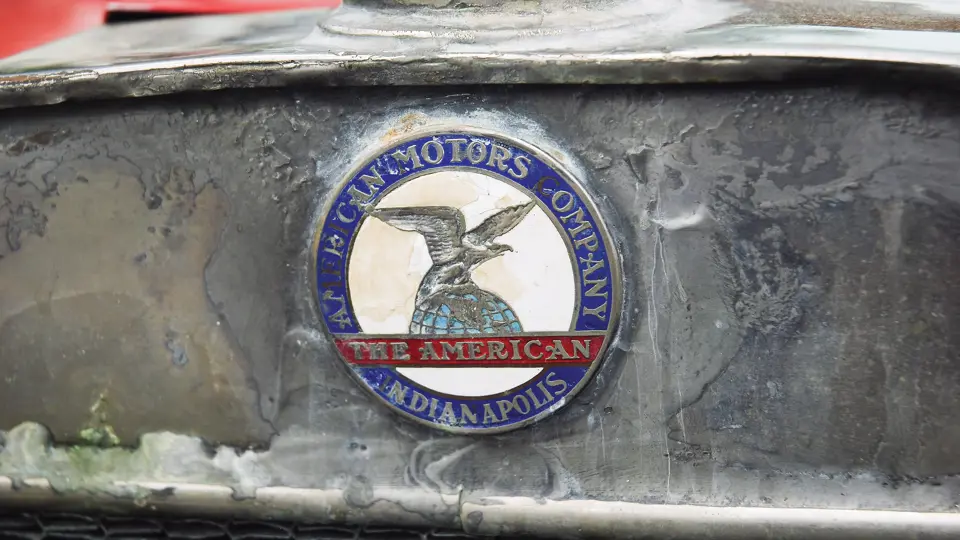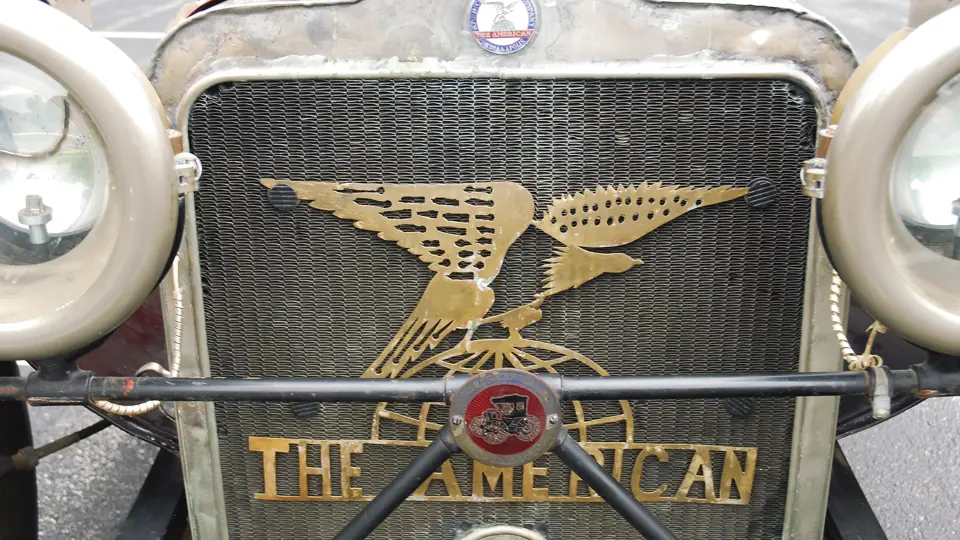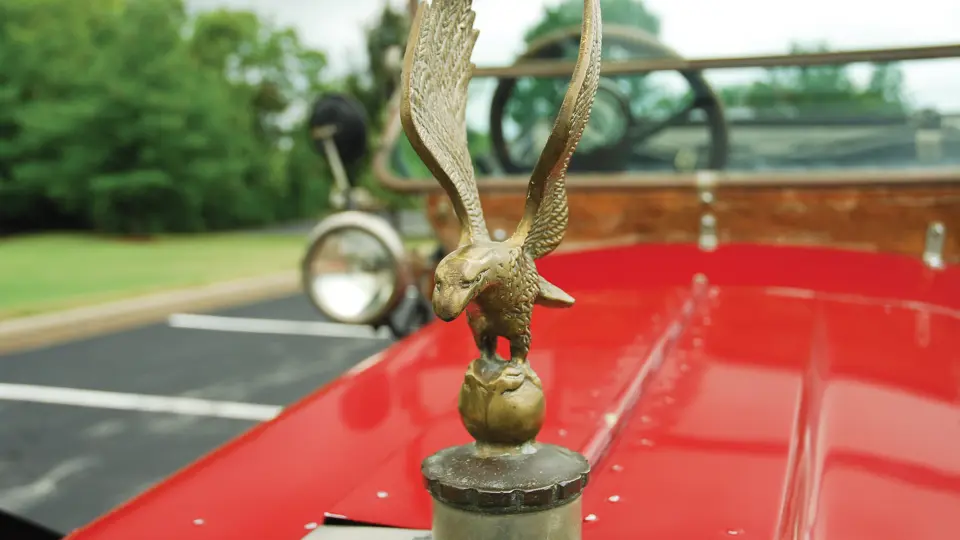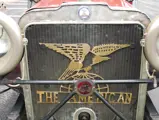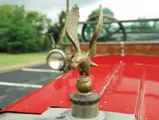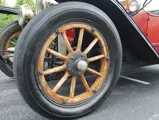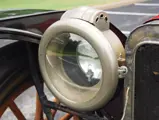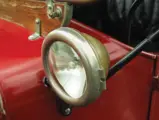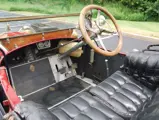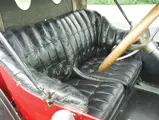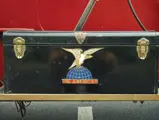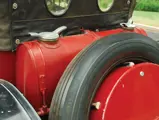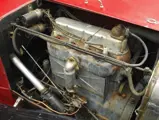30 hp, 251 cu. in. inline four-cylinder engine, three-speed manual transmission, front and rear semi-elliptic leaf-spring suspension, and expanding rear brakes. Wheelbase: 105 in.
Fred I. Tone, of the American Motor Car Company of Indianapolis, Indiana, got the idea of building a lower, sportier roadster when he observed a conventional automobile frame being unloaded into the factory “upside down.” Tone conceived the idea of placing the frame beneath the axles and the semi-elliptic springs on top, and in effect, he created America’s first sports car. Ground clearance was not reduced, as the engine and body were positioned within, rather than on top, of the chassis.
The Scout 22-B Roadster, priced at $1,475 when new, was American’s least expensive car in 1913. It was fitted with seating for two and minimal coachwork, along with American’s signature chassis, huge 36x3.5 tires, a 30-horsepower, 251-cubic inch, four-cylinder engine, and three-speed selective shift transmission, and it was the definitive sports car in 1913.
This example is appropriately painted in American Wine with grey running gear, and it is believed to have been restored in the early 1980s. It participated in the Great American Race in 1988 and has not been restored since retaining the charm and character of a well-worn, rugged campaigner. It hasn’t been polished in years, inviting the new owner to use and enjoy the roadster rather than put it away. Its consigner describes it as “dead straight…runs like a train and is a relic of the sixties, when cars like this didn’t get primped and polished. Owners then exulted in their gutsy performance, elemental design, and choice details.”
It was not formally called the Underslung until many years later, but its importance lies in defining a new genre of automobile, while at the same time flaunting the automotive establishment by defining a new level of performance.




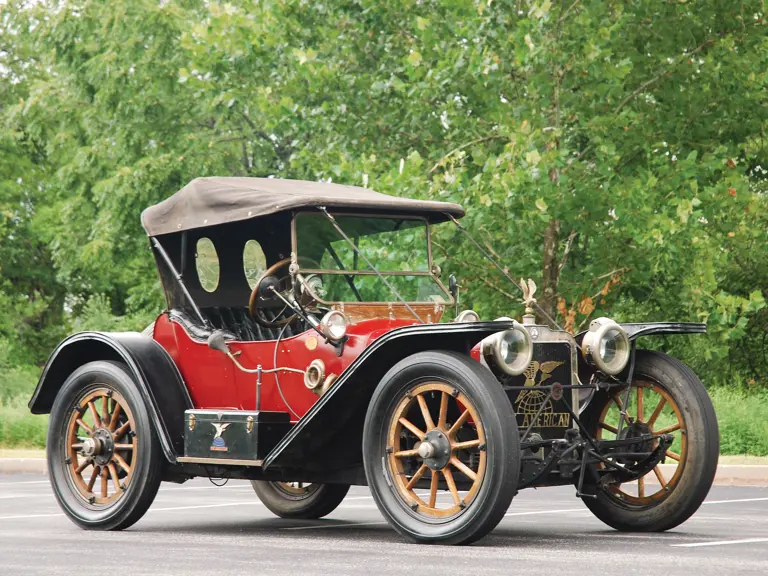
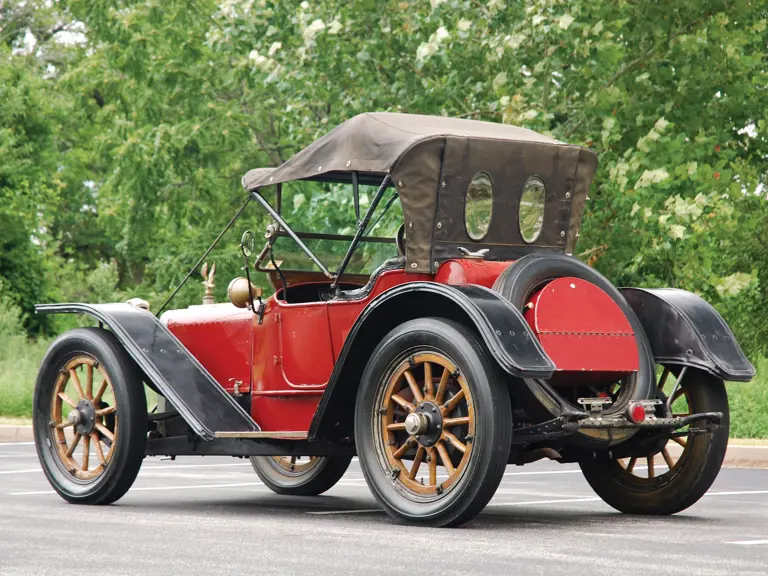


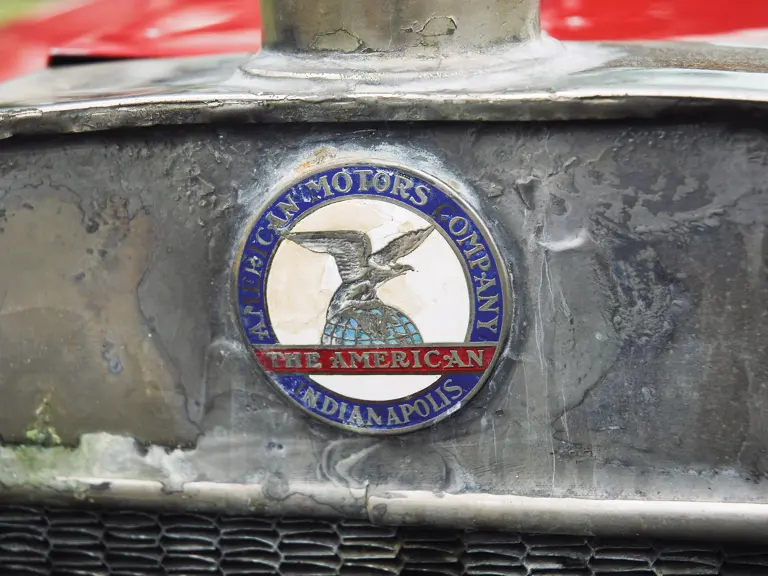
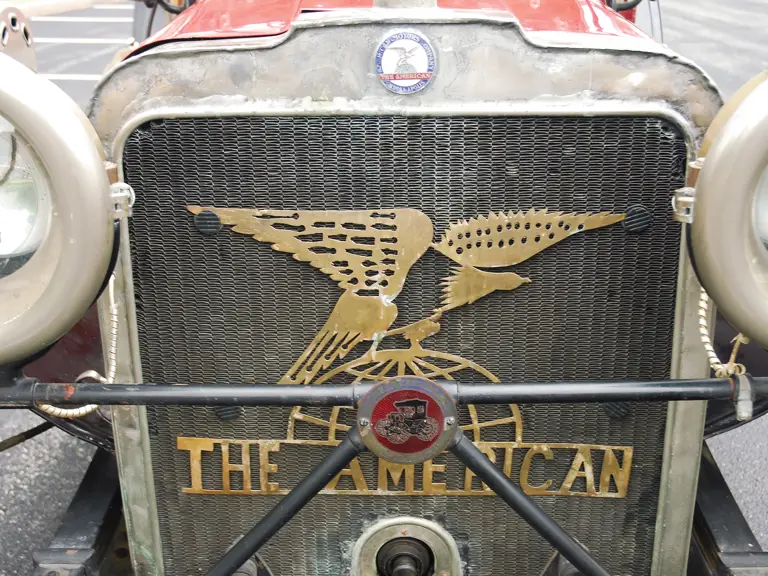
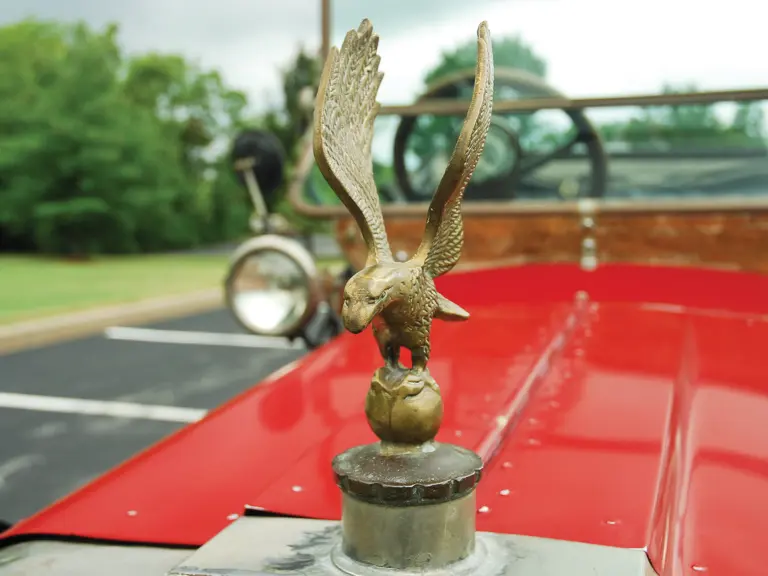
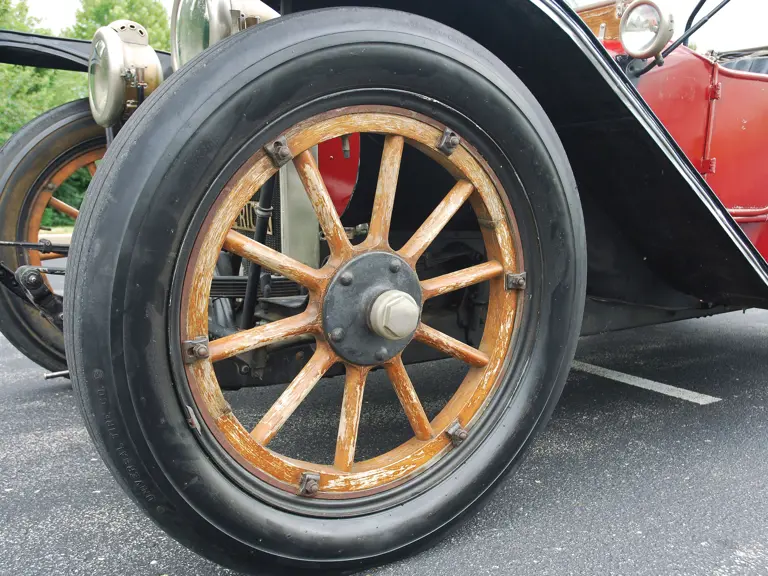

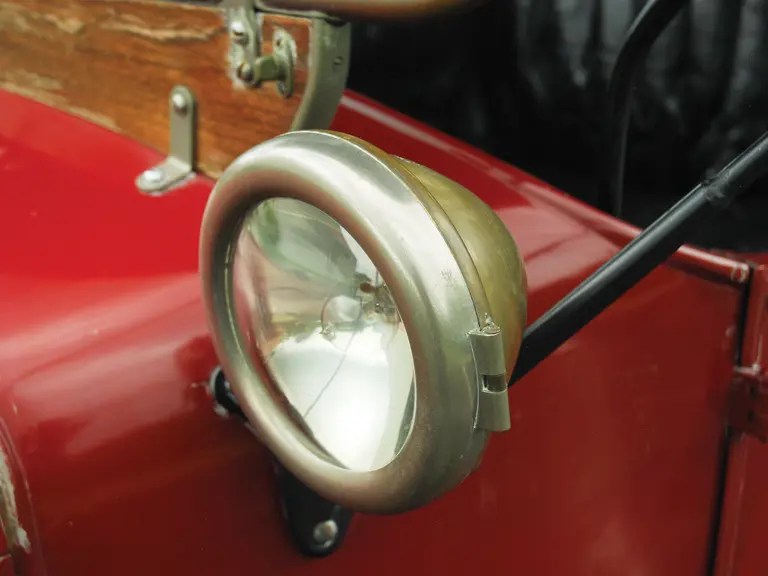
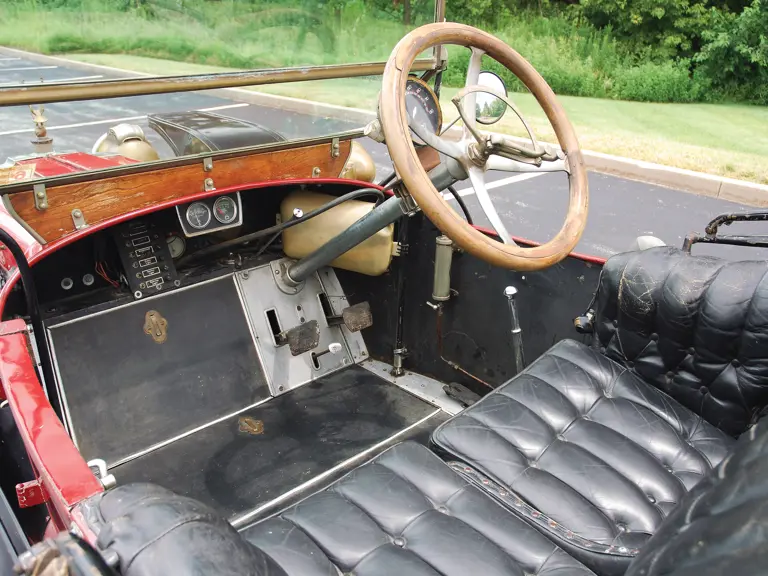
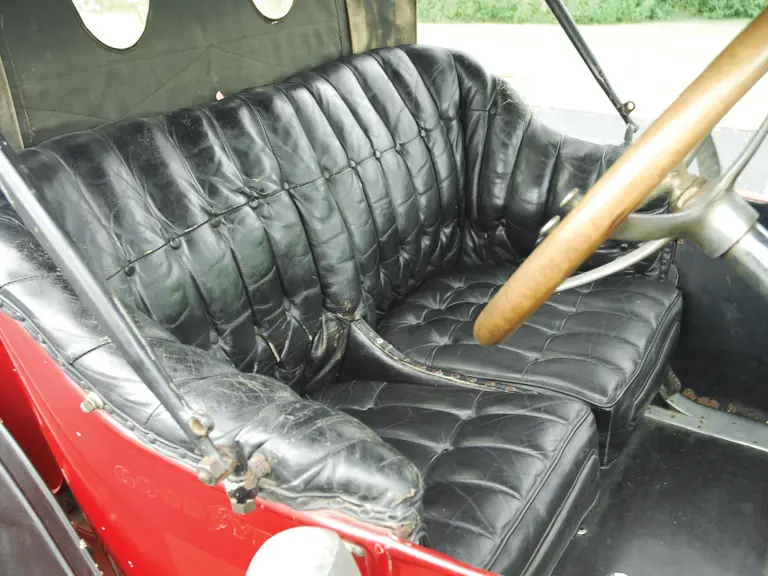
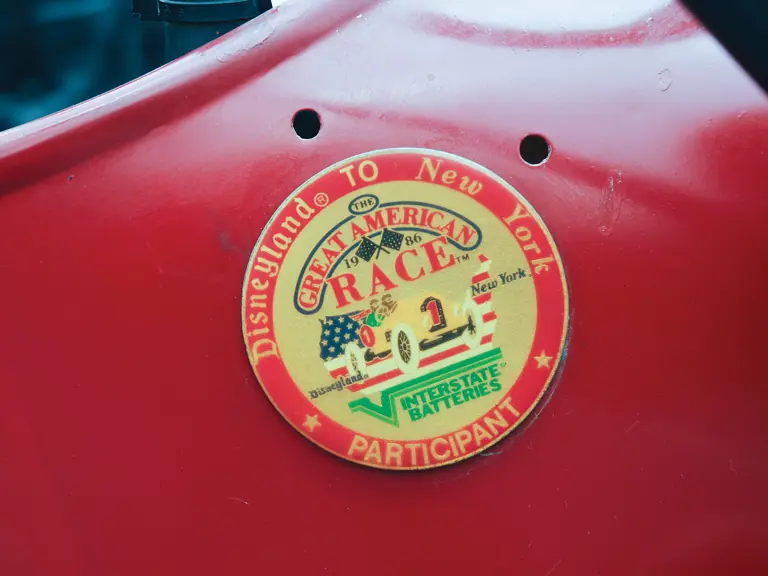


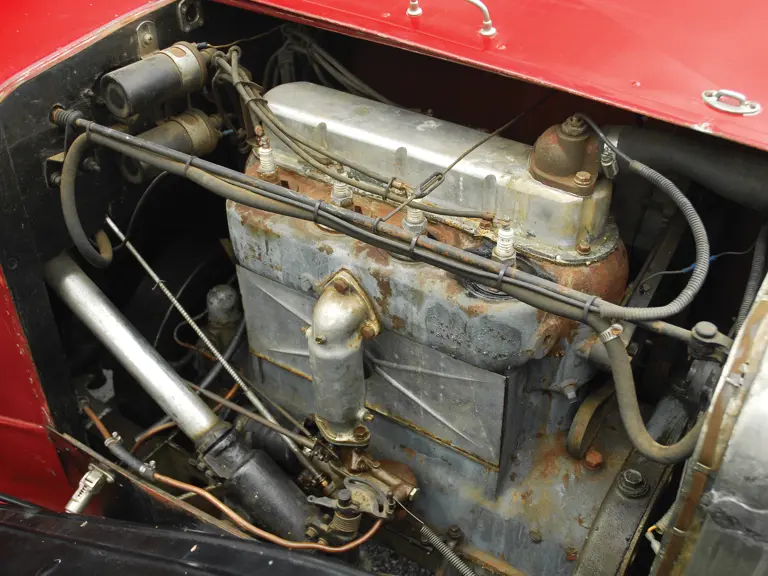
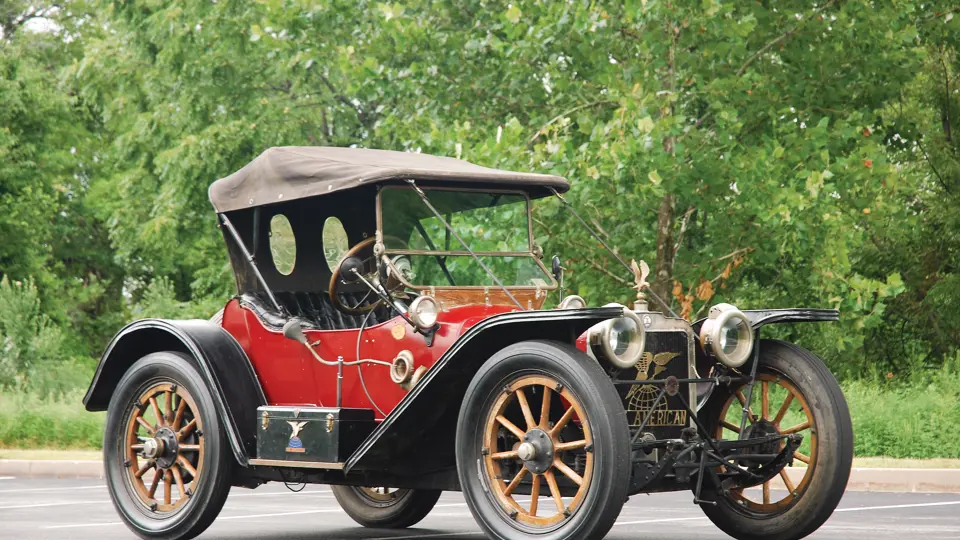
 | Hershey, Pennsylvania
| Hershey, Pennsylvania
